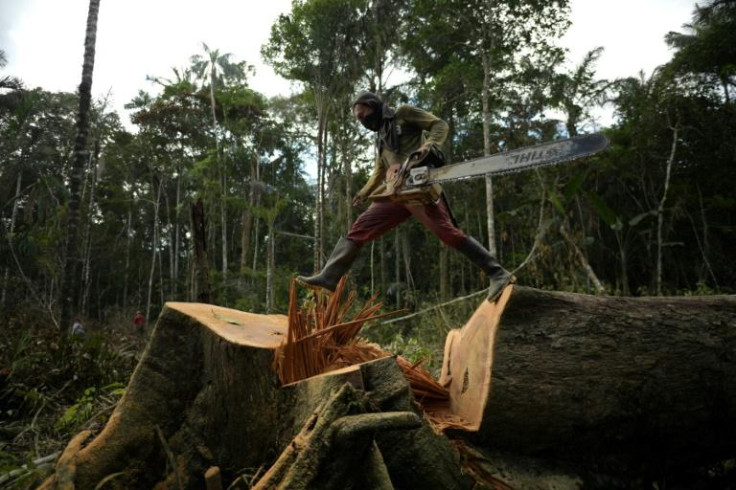Deforestation in Brazil's Amazon hits April high, prompts alarm
The loss recorded in April amounts to an area equivalent to about 140,000 football fields
The land area in Brazil's Amazon rainforest that lost tree cover last month was the biggest since the authorities started to keep track of the same in 2015.
According to data from the national space research agency INPE, the total area that was cleared of trees in April totalled 1,012.5sq km (390sq miles), nearly double of the peak recorded last year during the same period.
The experts have now warned that 2022 could become Brazil's fourth straight year of decade-high deforestation. The loss recorded between April 1 and April 29 amounts to an area equivalent to about 140,000 football fields, per a report in Aljazeera.
"The cause of this record has a first and last name: Jair Messias Bolsonaro," said Marcio Astrini, head of Brazilian advocacy group Climate Observatory. The first four months of the year also witnessed a record destruction of the Brazilian Amazon after an area more than double the size of New York City was cleared of trees.
The deforestation in the region has peaked since President Jair Bolsonaro took office in 2019. He has weakened environmental protection laws of the country stating that they hinder economic development.
The far-right leader has slashed funding for environmental protection programs in Brazil and pushed to open protected lands to mining and agribusiness.
Bolsonaro has also received international condemnation over the damage to the Amazon. However, his office has not responded to the latest report.
Scientists reported recently that Brazil's rainforest -- 60 percent of the Amazon basin's total -- has shifted from a "sink" to a "source" of CO2, releasing 20 percent more of the greenhouse gas into the atmosphere over the last decade than it absorbed.
According to a latest study published in Nature Climate Change, Amazon's resilience against shocks such as droughts and fires has declined across more than three-quarters of the Amazon basin.
Climate models have suggested that global heating -- which has on average warmed Earth's surface 1.1 degrees Celsius above preindustrial levels -- could by itself push the Amazon past a point of no return into a far drier savannah-like state.
Just under 20 percent of the Amazon rainforest -- straddling nine nations and covering more than five million square kilometres (two million square miles) -- has been destroyed or degraded since 1970, mostly for the production of lumber, soy, palm oil, biofuels and beef.

© Copyright IBTimes 2025. All rights reserved.






















